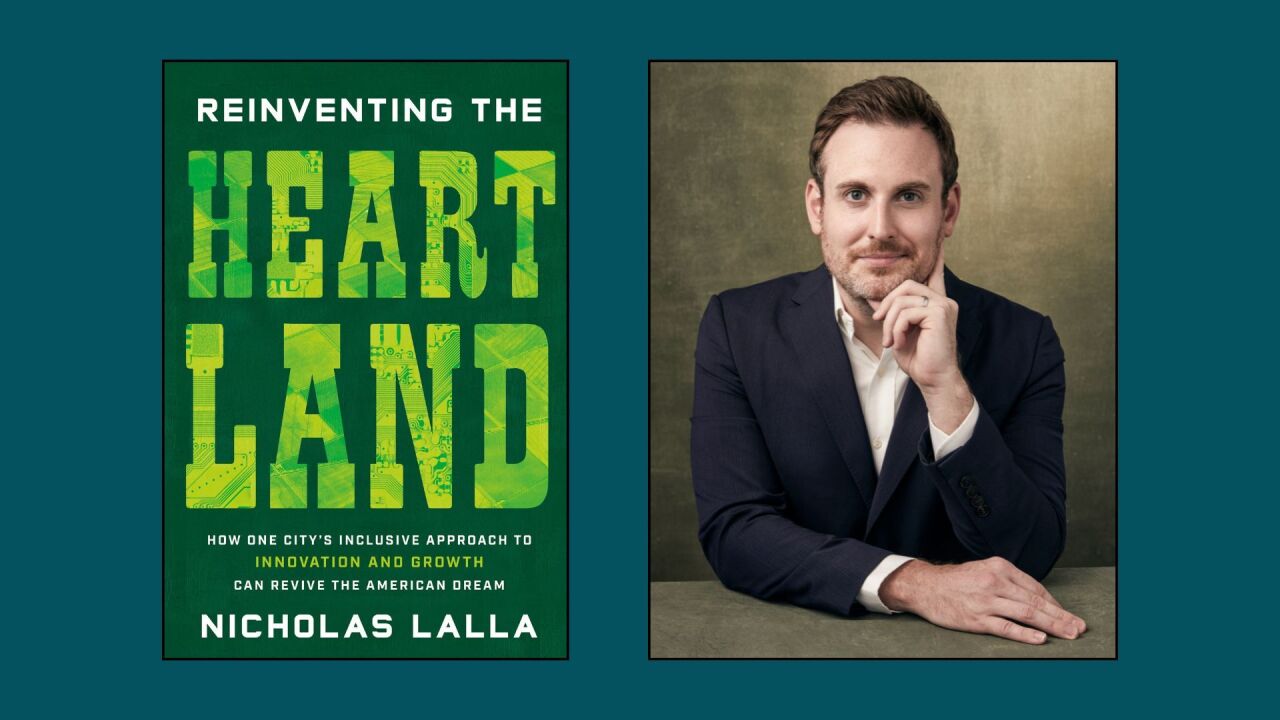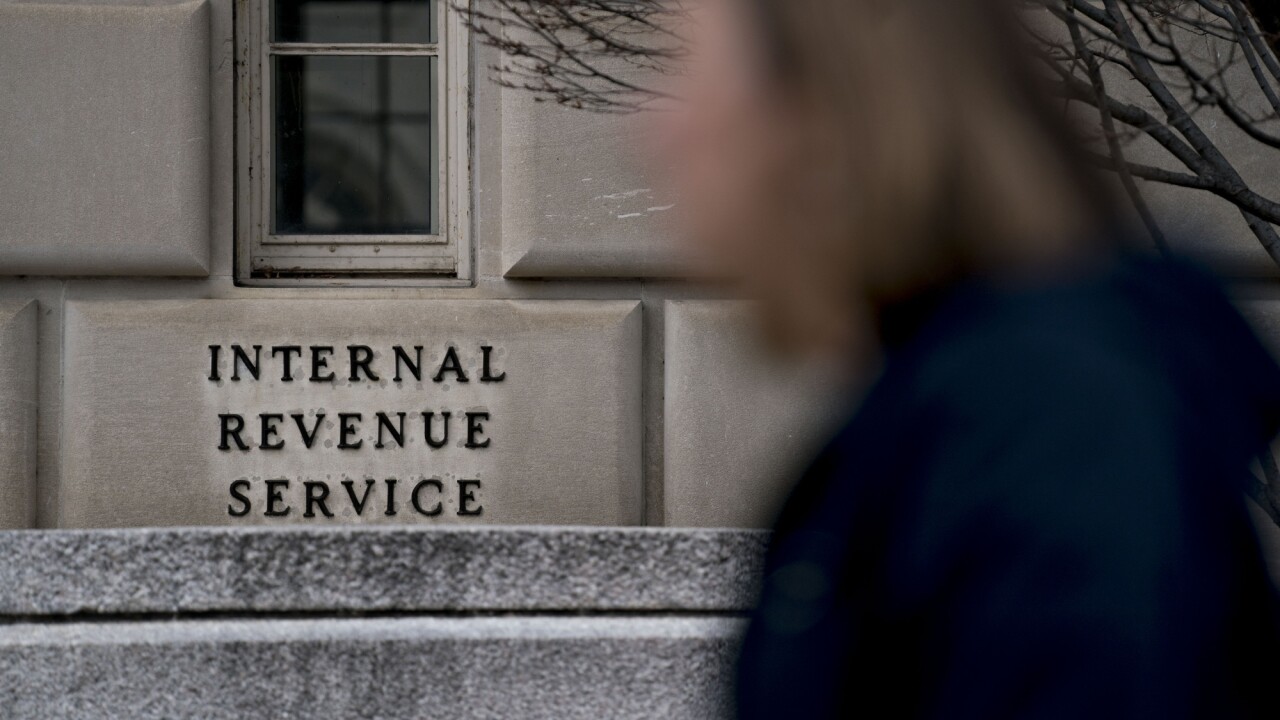The Small Business Administration’s troubled Paycheck Protection Program appears to be providing more businesses with long-awaited loans, despite the rocky rollout and ever-changing guidance, according to a new survey.
For the third consecutive week, the payroll giant Paychex, Inc. polled 300 randomly selected U.S. business owners with two to 500 employees. The
The PPP was included as part of the CARES Act that Congress passed in response to the novel coronavirus pandemic. It aimed to provide funding to small businesses, giving them SBA-backed loans that the federal government would ultimately forgive as long as they kept their employees on the payroll for eight weeks. The program has been a source of controversy, however, as many small businesses were shut out of the program and much of the money went to larger companies. The initial $349 billion in funding for the PPP quickly ran out, and Congress needed to approve an additional $320 billion in funding last month. The fast-changing guidance from the SBA, the Treasury and the IRS about the conditions and terms for loan forgiveness and business expense deductibility have deterred many businesses from applying for the funds, however.
To help sort out the confusion surrounding the PPP loan forgiveness rules, the American Institute of CPAs said Thursday it has created a
Paychex also issued its monthly
“This month’s results reflect some of the negative impact COVID-19 has had on small business employment across the U.S.,” said Paychex president and CEO Martin Mucci in a statement. “Our jobs index reflects that many small businesses have suspended operations and reduced payroll costs through partial or complete shutdowns, but are trying to remain in business while navigating a number of federal support opportunities. Receiving loan approval and funds from the Paycheck Protection Program is a critical next step for many small businesses as they look forward to the gradual, safe reopening of the economy and their employees returning to work.”
Paychex found that one of the last big states to shut down, Florida, had the highest jobs index reading among states. On the other hand, New York, the state considered to be the epicenter of COVID-19 in the U.S., saw its jobs index fall to 92.81 and now has the lowest-ranked state index. Among metropolitan areas, New York City saw the largest decline in weekly hours worked (falling to -16.44 percent one-month annualized growth in April).
In terms of industry sectors, the jobs index for leisure and hospitality plummeted to a record low (90.29), surpassing its previous low of 94.25 seen during the financial crisis. One-month annualized weekly hours worked growth in the leisure and hospitality sector declined 53.43 percent. Small business job growth in leisure and hospitality slowed the most among industry sectors during the first quarter of 2020, down 0.39 percent.
Among industry sectors, the financial activities sector experienced the least amount of disruption in the rate of small business job growth and now ranks first among all sectors. However, the positive earnings growth momentum seen at the end of 2019 has now reversed during the first quarter of this year.






